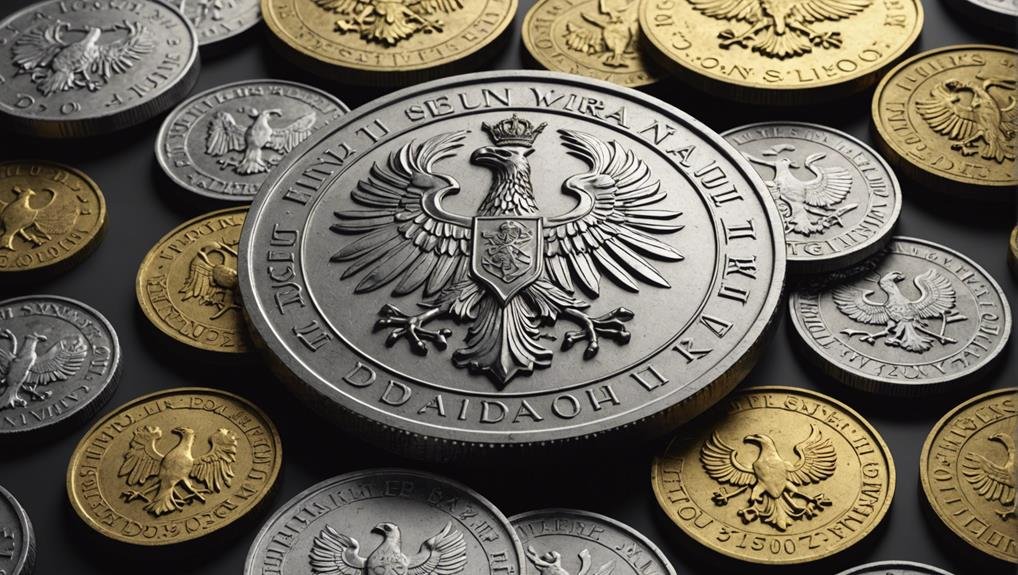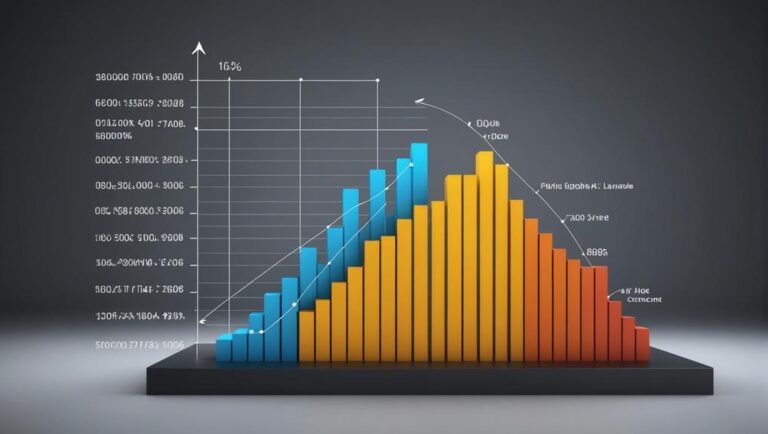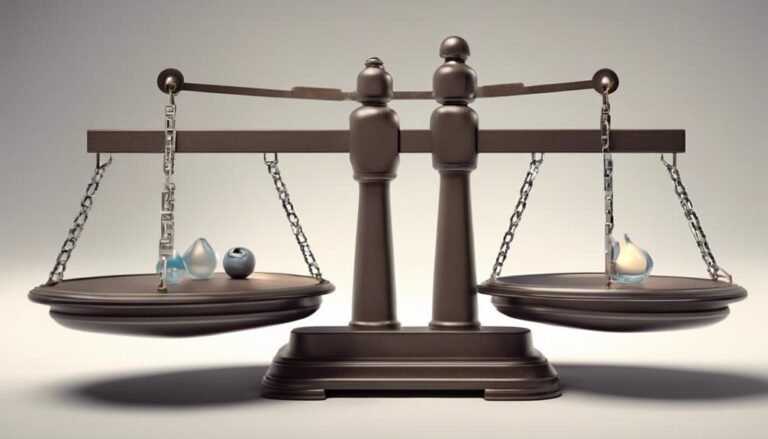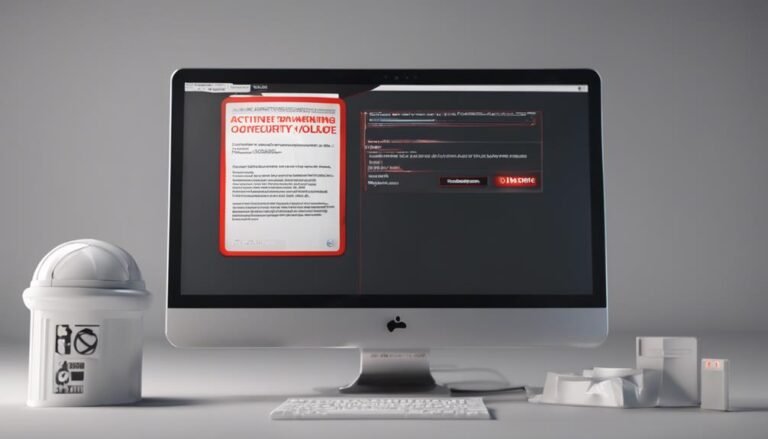Deutschmark (DEM): Overview of German Currency
The Deutschmark (DEM) was Germany's official currency from 1948 to 2002, crucial in the nation's economic recovery after World War II. It bolstered stability and trust in European financial systems, setting the stage for the euro's introduction. The DEM's stability resonated domestically and in the Eurozone, influencing the European Central Bank's monetary policies. Upon adopting the euro in 2002, Germany's shift was supported by the Deutschmark's legacy of stability. Although the euro is now Germany's legal tender, DEM can still be exchanged for euros in the country, impacting the economy and serving as a memento for some.
Key Takeaways
- Official currency of West Germany from 1948 to 1990 and unified Germany until 2002.
- Played a crucial role in economic recovery after World War II.
- Symbolized stability and prosperity in European financial landscape.
- Marked by a smooth transition to the euro in 2002.
- Continues to hold historical and monetary significance in Germany.
Historical Significance of Deutschmark
The historical significance of the Deutschmark lies in its pivotal role as the official currency of the Federal Republic of Germany from 1948 to 2002. It shaped the nation's economic recovery post-World War II and set the foundation for stability within the European financial landscape.
Post-war recovery efforts were bolstered by the stability offered by the Deutschmark, aiding in rebuilding Germany's economy and restoring confidence in its financial system. The currency's reputation for economic stability not only benefited Germany but also played an essential role in establishing trust in European currencies.
The Deutschmark's role in fostering economic growth and stability after the devastation of the war highlights its importance in shaping Germany's financial trajectory and laying the groundwork for future economic prosperity.
Stability and Transition to Euro
Following the historical significance of the Deutschmark in Germany's economic recovery post-World War II, the stability it provided played a fundamental role in shaping the country's financial landscape leading up to its adoption of the euro in 2002.
The stability of the Deutschmark not only bolstered confidence domestically but also contributed to Eurozone stability and European integration. The strong foundation laid by the Deutschmark's stability served as a basis for the European Central Bank's (ECB) policies regarding the euro.
This stability also facilitated Germany's smooth shift to the euro in 2002, marking a significant milestone in European integration. The Deutschmark's legacy of stability continues to influence discussions surrounding monetary policies within the Eurozone.
Current Status of German Currency
Germany's adoption of the euro marked a significant shift in the country's monetary landscape, consolidating its currency under the unified framework of the European Union. The current status of the German currency indicates that the Deutschmark, although no longer in circulation, can still be exchanged for euros in Germany.
This exchange process has had economic impacts, with some individuals holding onto Deutschmarks as a form of nostalgia or investment. However, the overall economic impact is minimal as the euro is the sole legal tender in Germany since 2002. The ability to exchange Deutschmarks for euros provides a bridge between the past and present, allowing for a tangible connection to Germany's monetary history while operating within the modern European economic framework.
Conclusion
To sum up, the Deutschmark's historical significance and stability paved the way for Germany's economic prosperity and the eventual shift to the euro. Its enduring legacy continues to shape European monetary policies.
Like a beacon of financial strength in a turbulent sea, the Deutschmark's impact on the economic landscape remains a testament to Germany's monetary evolution.







